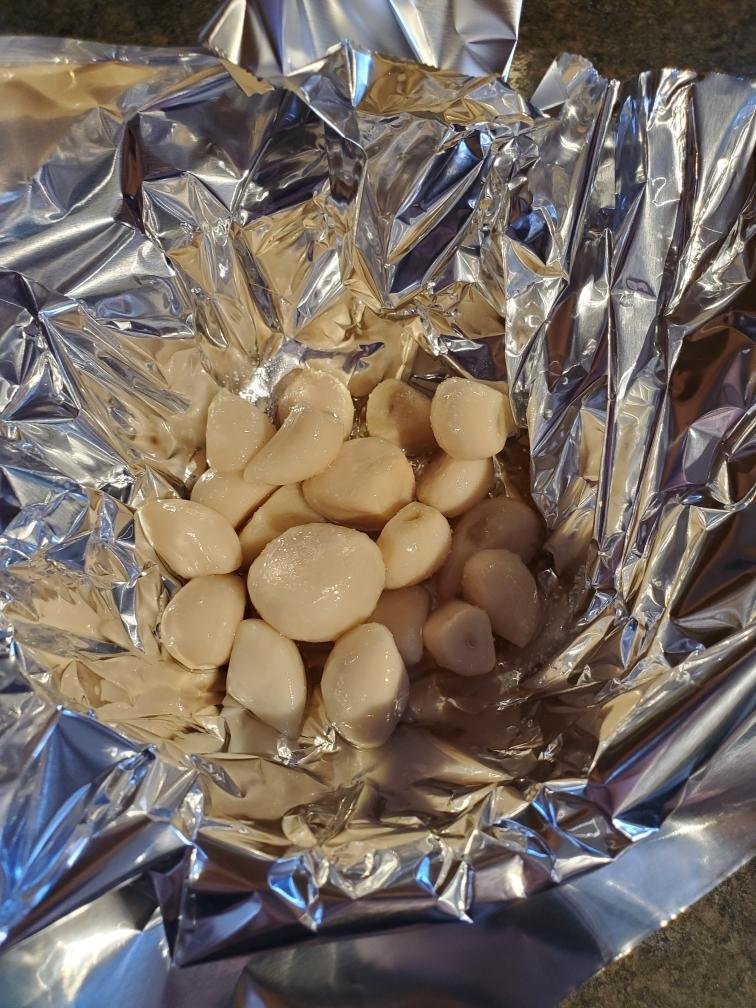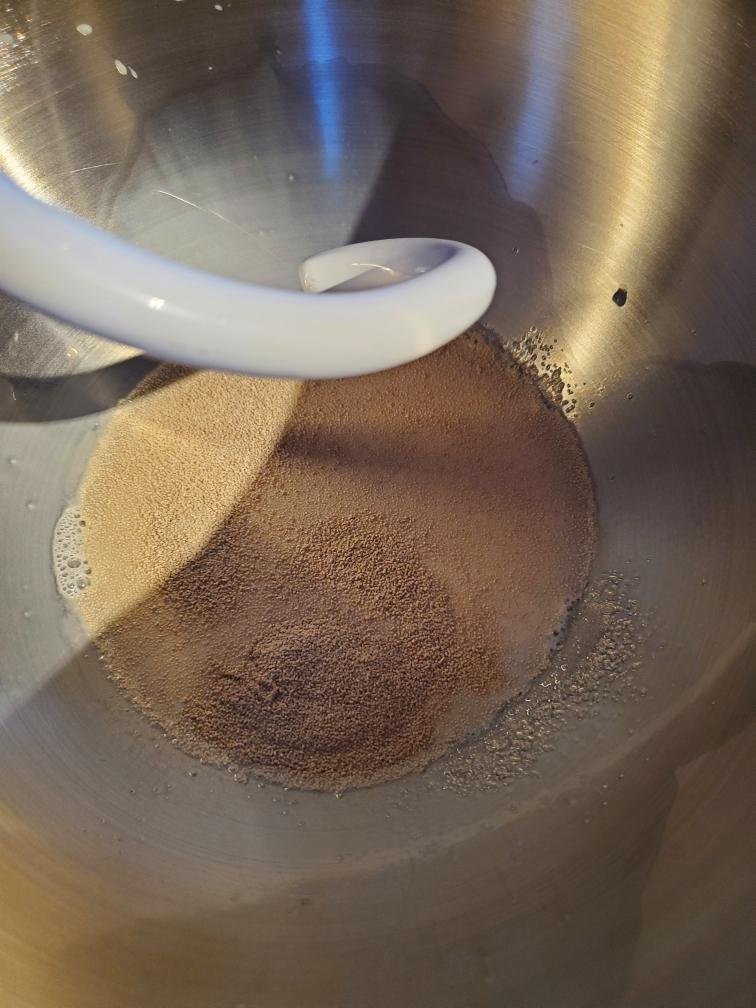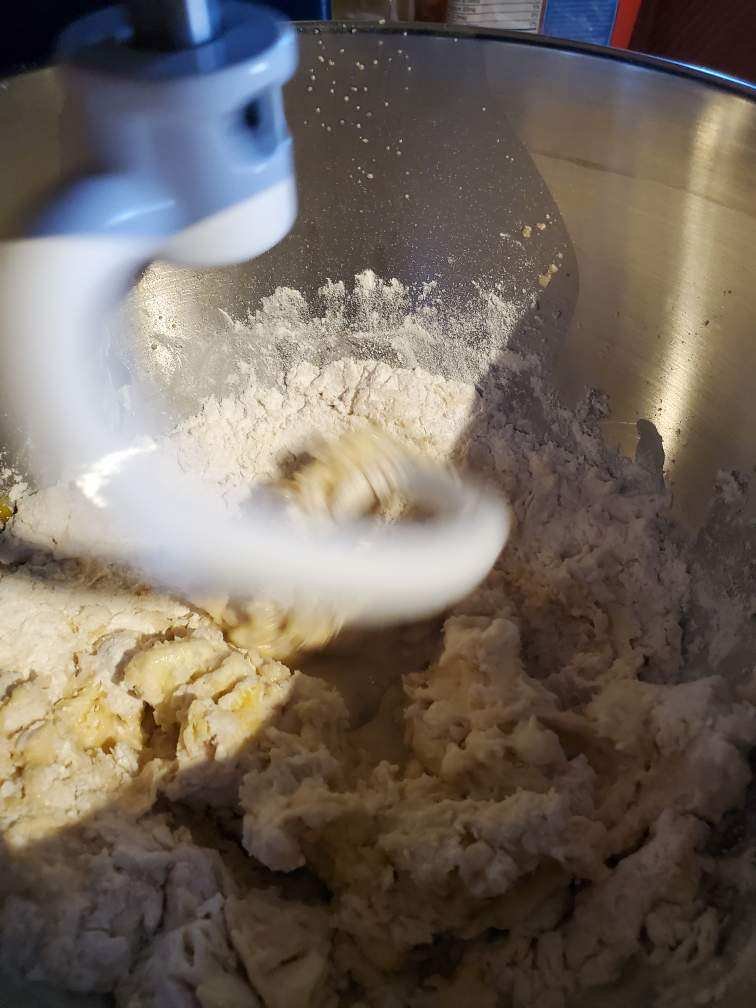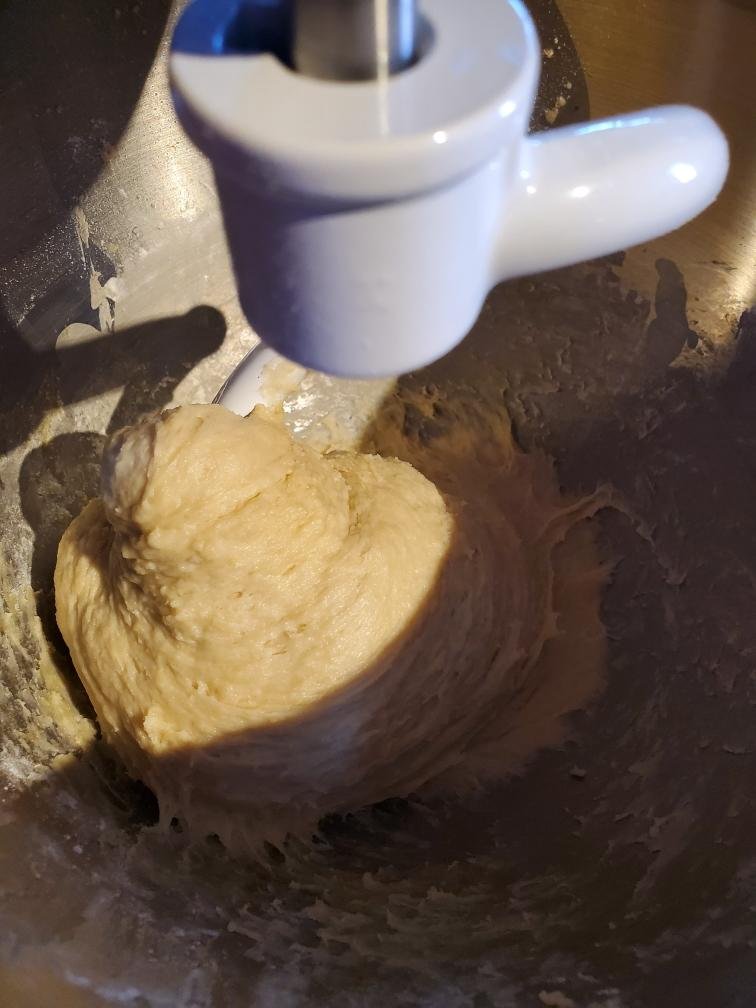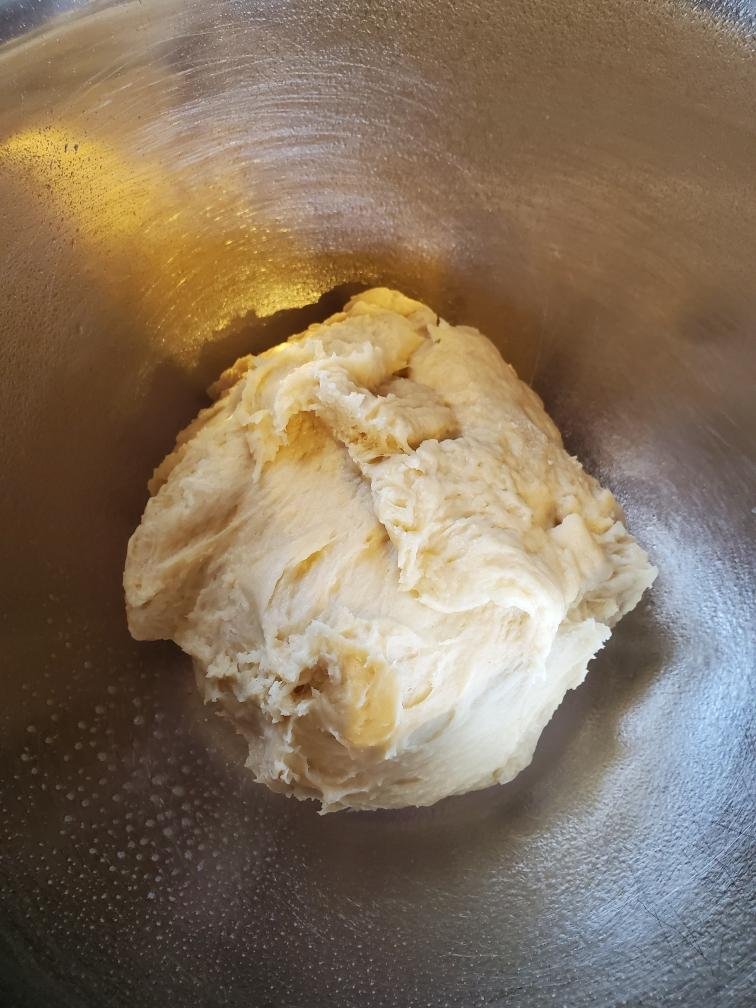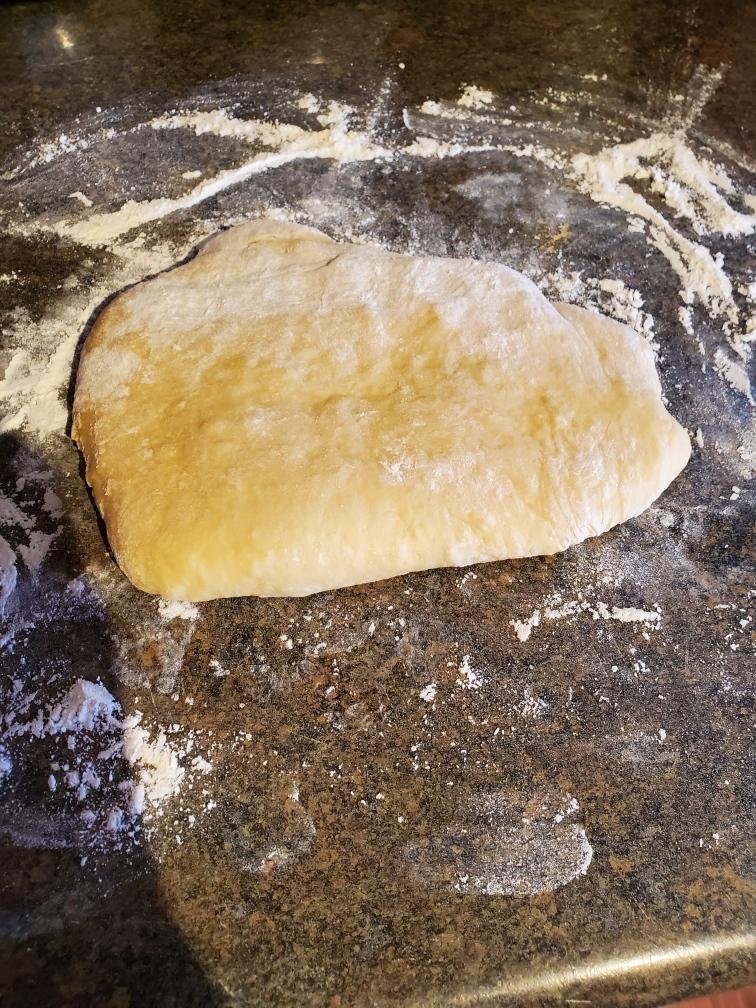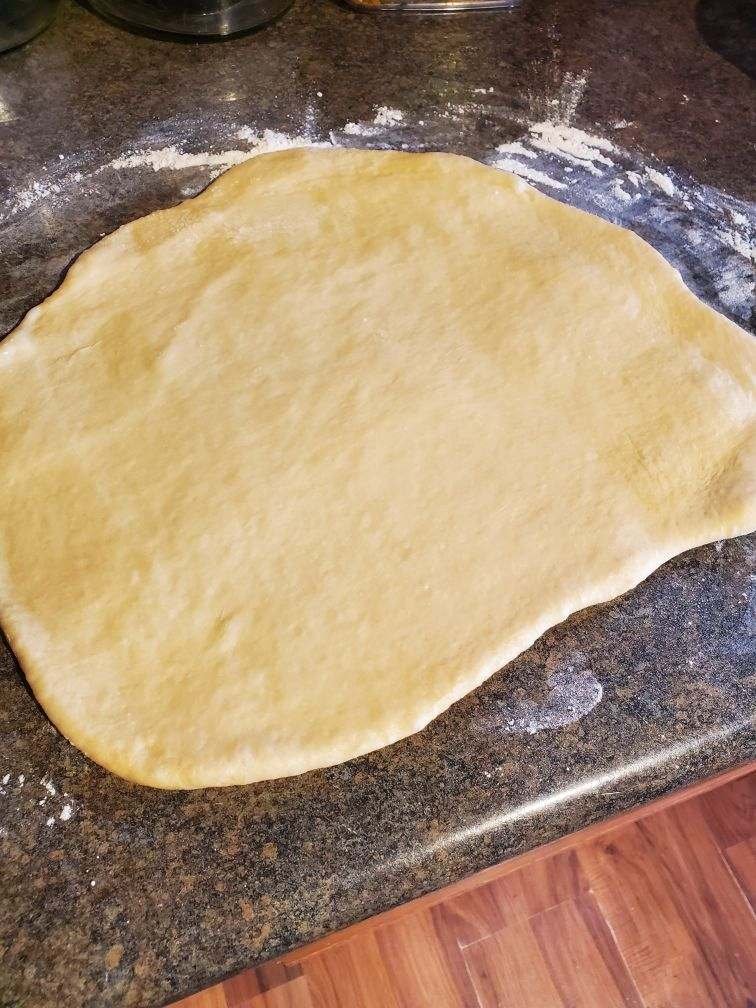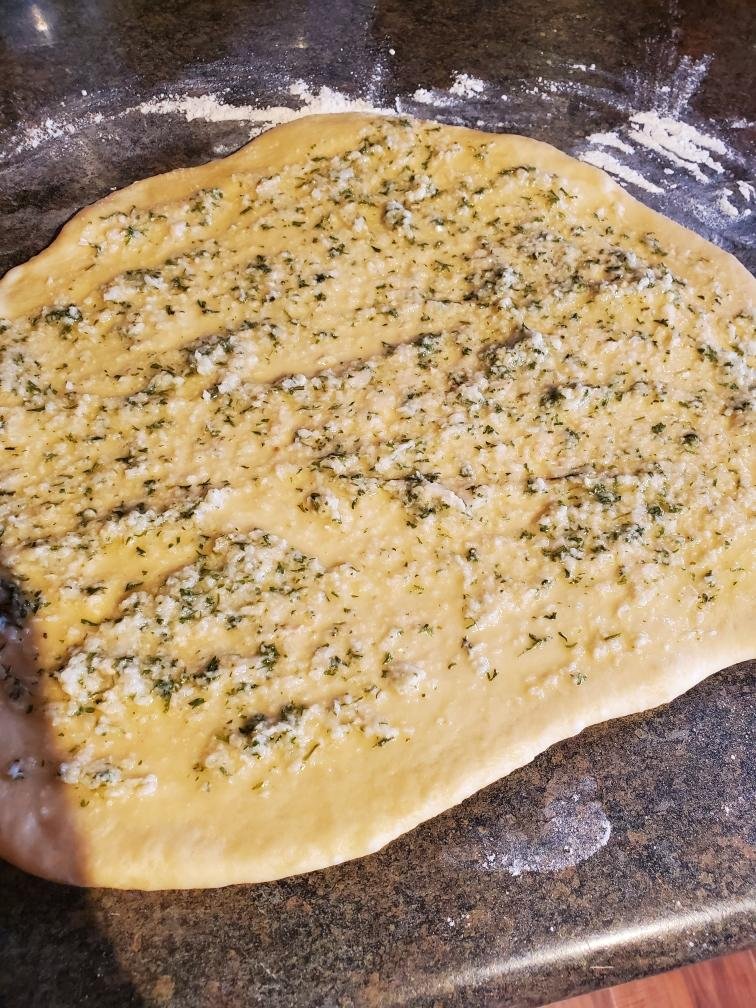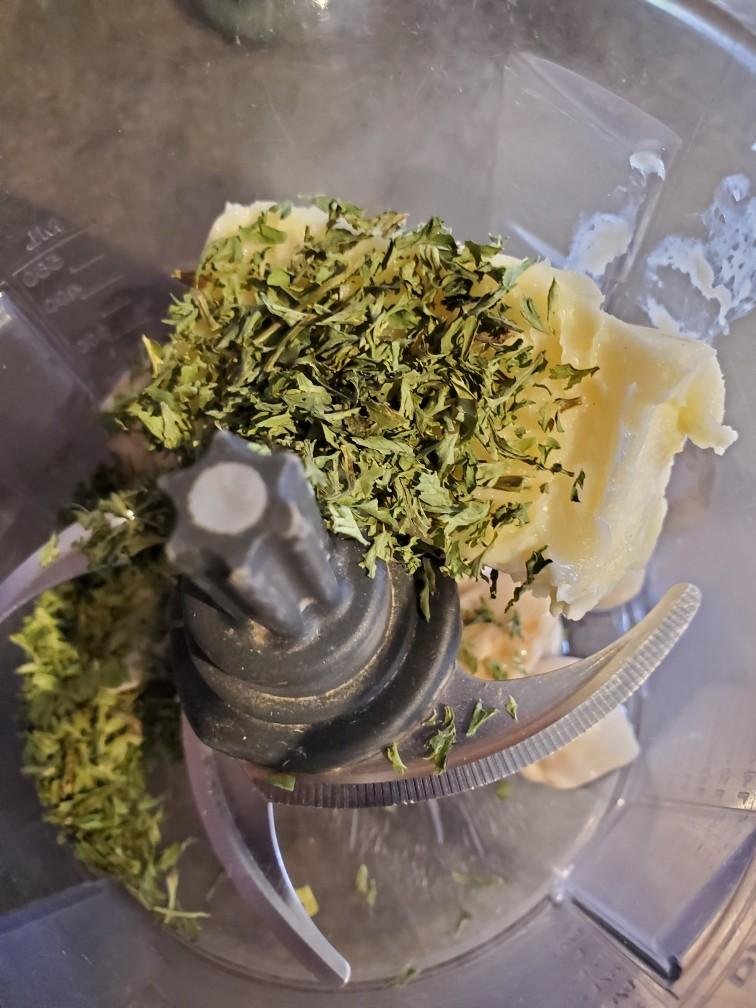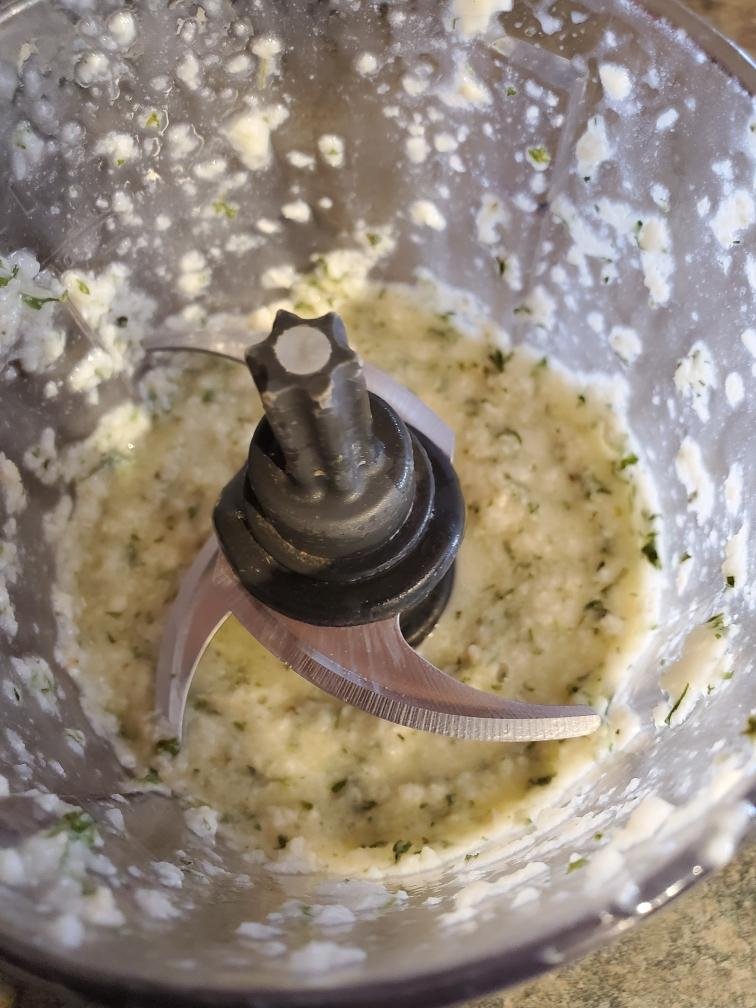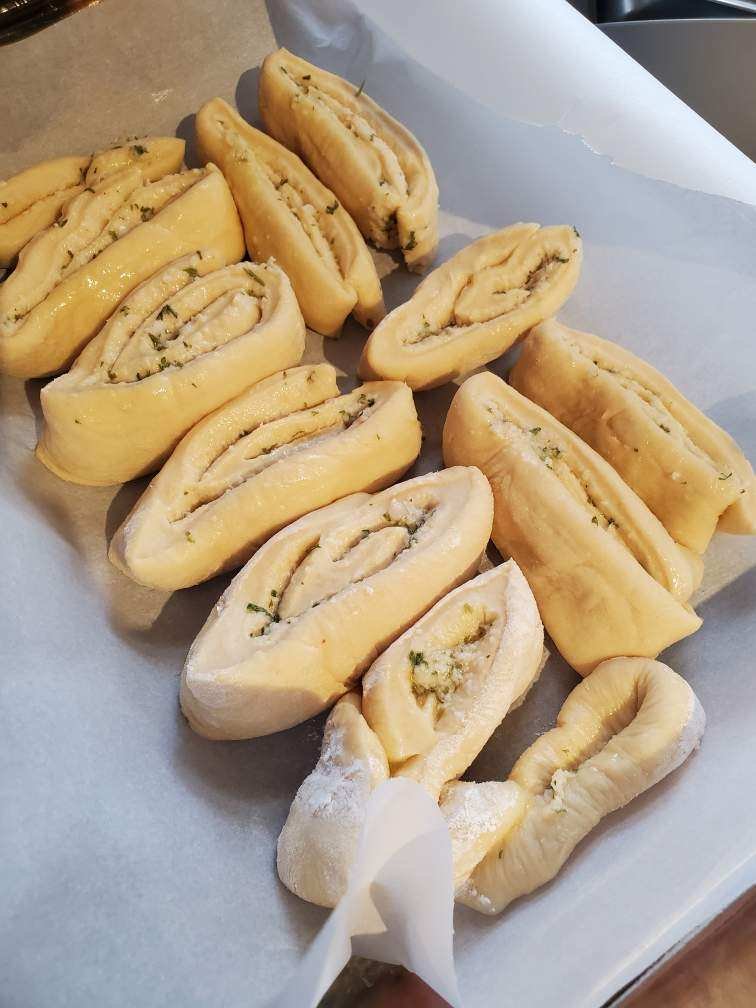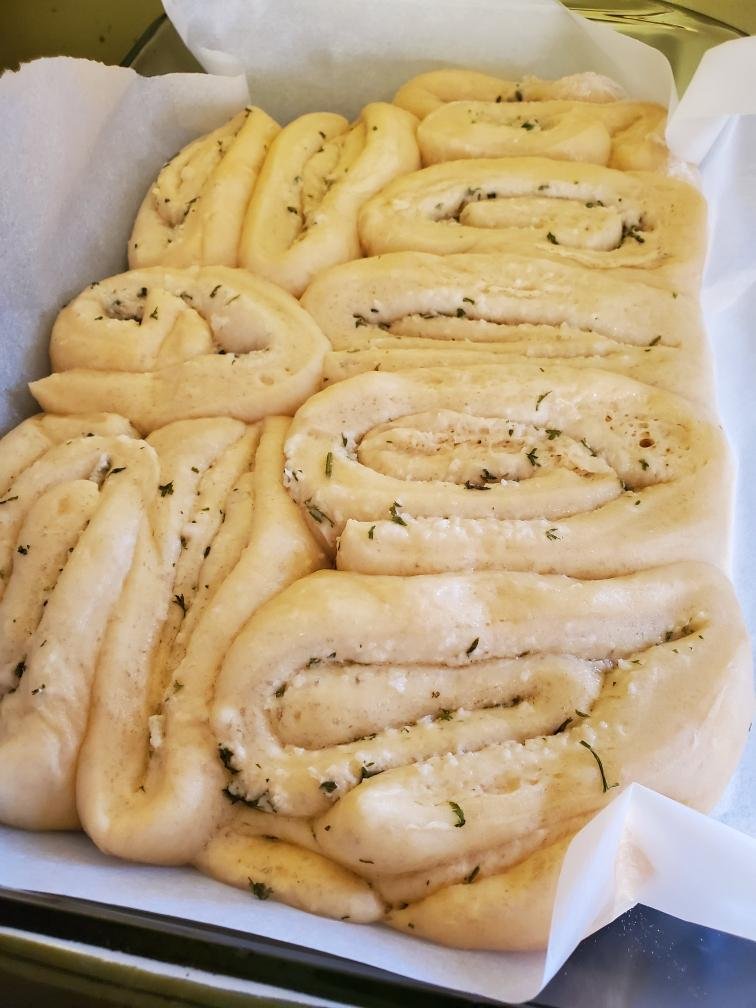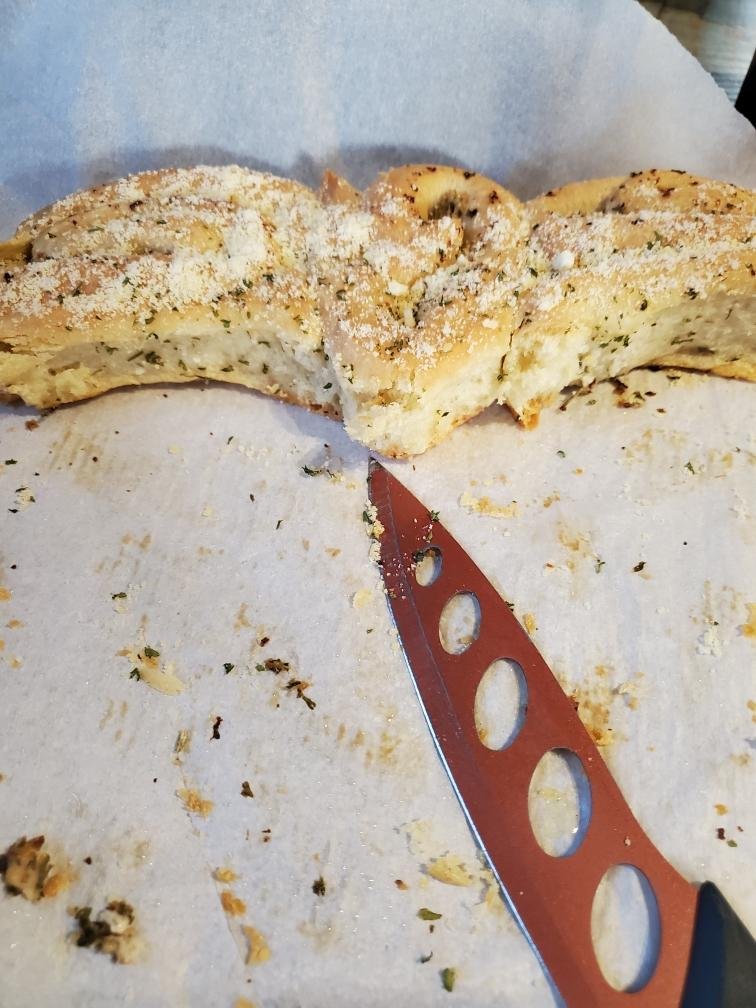A family-friendly recipe for soft and savory rolls with a hidden veggie
We figure plenty of people like us might have overbought their sweet potatoes for Thanksgiving and still have a couple of them rolling about the pantry after the holiday. Fresh sweet potatoes are pretty hardy and will last a while, but it's best to get them used up to avoid waste. We decided to mash some more of them, and instead of making something common, hide them in a dinner roll.
Hidden veggies are, in our opinion, the best when you have little ones. Our little one is not so little any longer - he has instead entered the "I subsist entirely on processed garbage and carbs" phase - and this still worked quite nicely for him. Even after he realized there was a vegetable (gasp!) in his bread (the affront!), he still ate more of them than anyone else at the table.
Ingredients:
1/2 cup mashed sweet potatoes
2 1/2 to 3 cups all purpose flour
1/4 cup granulated sugar
3 tablespoons water
3/4 teaspoon active dry yeast
1 teaspoon salt
1/2 cup warm milk
1 1/2 tablespoons unsalted butter, softened
small amount of butter or olive oil, for greasing the bowl and pan
Tools:
10 inch cast iron skillet or large Dutch oven
measuring cups and spoons
knife or bench scraper (for leveling flour and separating dough)
mixing bowl(s)
instant-read thermometer (useful but not strictly necessary)
stand mixer with dough hook (useful but not strictly necessary)
While we started with fresh sweet potatoes, and peeled, boiled, drained and mashed them, you don't have to. You're welcome to begin with baked sweet potatoes, frozen or even canned if you can find the unsweetened kind.
The important part is to have half a cup, post-mashing, with minimal to no other ingredients, and to allow that half cup to cool to room temperature.
Heat your water to somewhere over 100 degrees but less than 115. This is where a thermometer comes in handy, but if you don't have one, here's a little trick to guess the water temperature. Run the water at the kitchen tap and hold a finger under it until you can feel the water getting good and hot. Just before it gets too hot to keep your finger in the water, fill the cup and turn off the water. (Career cooks and servers, please disregard this advice and find a thermometer, as your heat tolerance is generally higher than average.) From this full cup of water, measure out the three tablespoons you need. Add the dry yeast to it, stir, and sprinkle in a pinch of sugar.
Assuming your sweet potato mash has had a chance to cool, add it to the mixing bowl (or the mixer, if you're using one like we did). Measure in the sugar, salt, butter and warm milk. Stir until combined.
Add in the yeast/water/sugar mixture and give a quick mix before measuring in one and a half level cups of flour. Make sure not to pack the flour into the measuring cups, and to use the flat side of a knife or the edge of a bench scraper to take any excess off the top.
Mix with a dough hook or knead by hand until dough starts to form. It'll be sticky at this stage. If you're using a stand mixer, this is the last stage you'll want it to work on. Even the vaunted KitchenAid will struggle with dense doughs, and this one is about to get dense.
Add another half cup of flour to the sticky dough ball in the mixing bowl. Knead it in by hand. If the dough is still feeling sticky - not tacky, but well and truly sticky - add up to another three quarters of a cup of flour. Do so slowly and stay very hands on, because it probably doesn't take as much as you think to go from sticky dough to dough that's too dry to take on any more flour.
At the point the dough is smooth and just a bit tacky, turn it out onto a floured surface and work it by hand for 5 minutes. Grease the inside of a clean mixing bowl (either clean the one you were just working in, or grab a clean one) and plop the dough ball in. Cover it - with a pot lid, a cutting board, plastic wrap, foil, a clean towel, whatever you have - and allow it to sit somewhere warm to rise for at least an hour.
After it's doubled in size, punch it down, roll it over in the greased bowl, and turn it out onto a flat surface. Using a knife or bench scraper (if you use something sharp, do so on a mat or a board, and not on your countertops!) divide the dough into 16 pieces and roll them into balls.
Preheat the oven to 375 degrees, grease the inside of the skillet or Dutch oven, and move the dough balls to the skillet for a second rise. Let them sit and rise for at least 20 minutes, then bake for 25 minutes. Brush the tops with butter for extra appeal.
Website
Call: (214) 599-0055
Additional Reading
Healthy and Flavorful: A Caponata Recipe That You'll Love
Get Your Protein with This Buddha Bowl
Fall Comfort Food: How to Make Perfectly Creamy Pumpkin Pasta
Impress Your Guests with This Easy-to-Make Apple Pecan French Toast Bake









